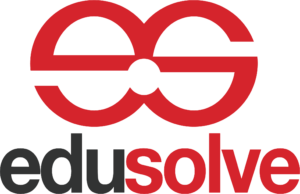Summer starts in Spring. Really. Today’s dismissal bell is tomorrow’s summer bridge camp. Both are opportunities for high-quality OST.
Out-of-school-time (OST) is like rocket fuel for learning gains through experiential learning (Powers, R. B. & Kirkpatrick, K., 2012). Students learn critical skills, attitudes and knowledge that will be successful not only in school, but also in their future lives and in their careers, and community and civic engagement (DePaoli et al., 2018; Jones et al., 2015).
Smart leaders recognize OST meets the American Rescue Plan (ARP) 20 percent rule. Post-ARP, consider the evergreen formula grant: 21st Century Community Learning Centers, authorized by the Every Student Succeeds Act (ESSA).
21st Century Community Learning Centers are state administered grants carried out at the local level that support OST programs to provide academic enrichment opportunities during non-school hours for almost 2 million children, particularly for students who attend high-poverty and low-performing schools. The program helps students engage in a broad array of enrichment activities that can complement their regular academic programs; and offers literacy and other work-ready skill development services to the families of participating children.
Commissioned by the Wallace Foundation, the RAND Corporation report Hours of Opportunity, is a comprehensive study of youth development within the context of OST. The report offers findings within six communities (Boston, Dallas, Denver, Palm Beach County, Tacoma, and Tulsa).
Key District Learnings:
- Increase the number of available slots in OST programs and actively recruit local families.
- Remove barriers such as transportation through braided funding.
- Promote the use of culturally responsive, not just culturally informed, programming with bidirectional and authentic communications with families served.
- Elevate students’ cultural assets, voice, and agency by including participant feedback on the quality of their experiences in programs.
- Commit to publishing disaggregated program enrollment data and use program enrollment data as an indicator or criteria for future grant awards.
High quality OST programs are intentionally designed optimizing grant resources for learning gains. As state and district leaders continue to adapt post-pandemic learning environments, OST is the rocket fuel to equip students for academic, emotional, and lifelong learning.

